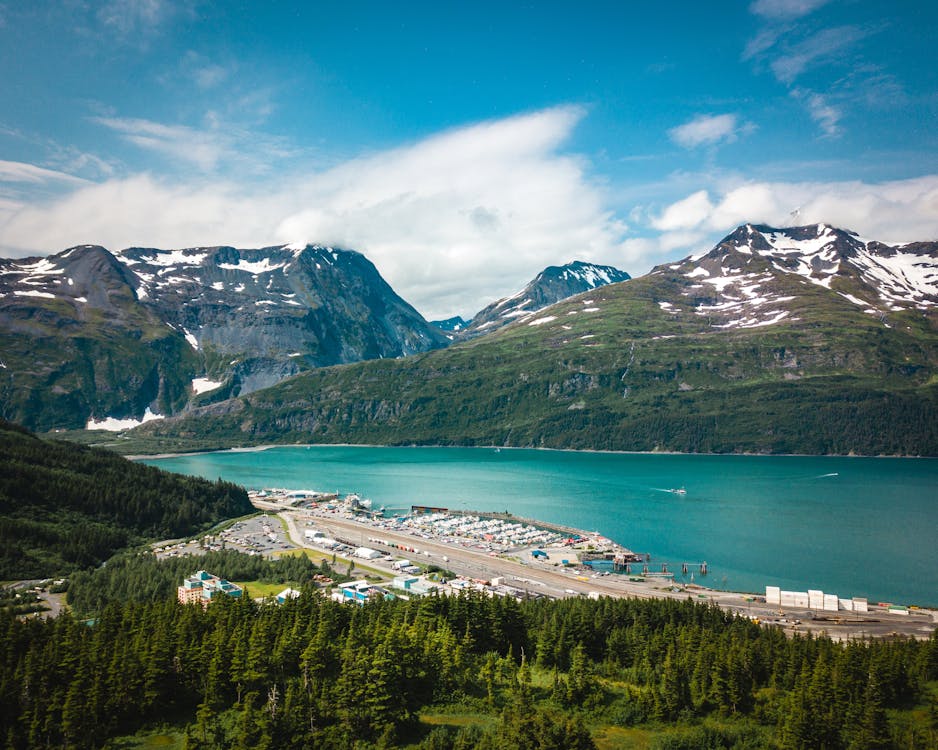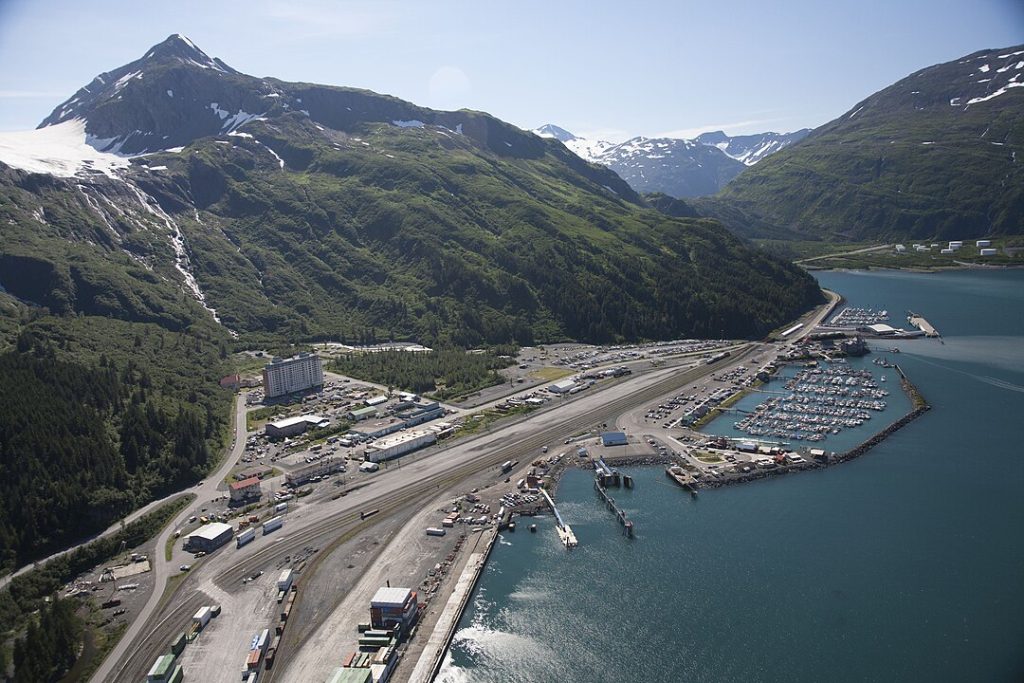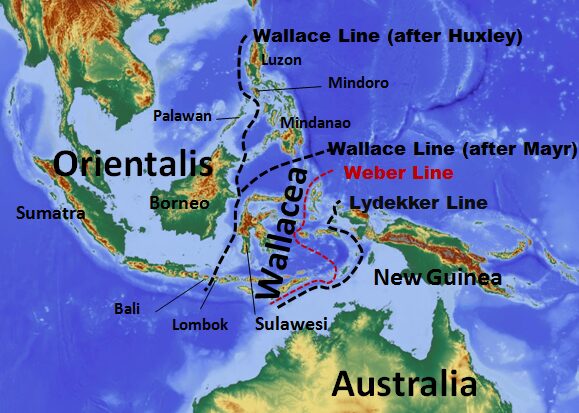
Imagine a town where nearly all its residents live, work, and socialize in the same building. Such a place exists in Alaska—a unique, remote town called Whittier. Nestled on the western edge of Prince William Sound and surrounded by rugged mountains, Whittier is an isolated but fascinating community with a story unlike any other.
A Town in a Single Building
The heart of Whittier is a 14-story structure called Begich Towers. This massive building, constructed in 1956 as a military barracks during the Cold War, is now home to most of Whittier’s 200 to 300 residents. Inside, it’s a self-contained world. The building includes apartments, a post office, a general store, a school, a clinic, a church, and even a small police station. Residents rarely have to step outside to access basic amenities.
This “town under one roof” concept is as much a necessity as it is a novelty. Whittier is often battered by extreme weather, including heavy snowfall and strong winds, which makes the interconnected building a practical solution. In a place where winter temperatures frequently drop below freezing, having everything in one spot is a convenience residents deeply appreciate.

How Whittier Came to Be
Whittier’s history is as intriguing as its present. During World War II, the U.S. Army sought a strategic location for a military base with easy access to the Pacific Ocean. They chose Whittier because of its natural deep-water port, surrounded by mountains that provided a measure of protection.
After the war, the military expanded the town, constructing two major buildings: the Hodge Building (later abandoned) and Begich Towers. Over time, the military presence waned, and civilians moved in. By the 1960s, Whittier had transitioned into a small Alaskan town with a unique twist.
Living in Whittier
For Whittier residents, life in Begich Towers fosters a strong sense of community. The layout of the building encourages frequent interactions among neighbors, whether they’re grabbing a snack at the general store, picking up mail, or attending a community meeting in the shared spaces. Many residents describe it as living in a small, tight-knit village, just stacked vertically.
Children in Whittier attend the town’s only school, also located within Begich Towers. The school is small, but its proximity allows students to walk to class without braving the harsh weather. For entertainment, the building hosts community events, gatherings, and movie nights, ensuring there’s always something to do.
While some might find the close quarters stifling, many residents embrace the lifestyle. They say it creates a unique bond, as everyone looks out for one another in ways that are rare in larger, more conventional towns.
Isolation and Accessibility
Whittier’s isolation is both its charm and its challenge. The town is accessible by only two routes: a ferry across Prince William Sound or a single-lane, 2.5-mile tunnel through the mountains. Known as the Anton Anderson Memorial Tunnel, it’s the longest highway tunnel in North America.
The tunnel operates on a strict schedule, alternating traffic in and out of town every half hour. In winter, when snowstorms and avalanches are common, the tunnel can sometimes be closed, leaving residents cut off from the outside world.
This isolation adds to Whittier’s allure for visitors seeking adventure and solitude. Its breathtaking surroundings include glaciers, waterfalls, and stunning ocean views. Outdoor enthusiasts come to Whittier for activities like kayaking, hiking, and wildlife viewing, making it a popular gateway to the scenic wilderness of Prince William Sound.
The Whittier Experience for Visitors
Visiting Whittier feels like stepping into another world. The town’s small population and singular structure make it unlike any other destination. Visitors often marvel at the practicality of Begich Towers and the resilience of its residents.
Tourists can explore the surrounding natural beauty by taking a boat tour to see glaciers, marine life, and fjords. Fishing charters are also a popular activity, offering the chance to catch salmon and halibut in the pristine waters of Prince William Sound.
For history buffs, the remnants of Whittier’s military past provide a glimpse into its origins. Though the Hodge Building has fallen into disrepair, it remains an intriguing relic of a bygone era.
A Community Like No Other
Whittier isn’t just a town; it’s a testament to human adaptability. Its residents have embraced an unconventional way of life, finding joy and connection in their shared space. For visitors, Whittier offers a rare opportunity to witness a community living in harmony under one roof while being surrounded by some of Alaska’s most awe-inspiring landscapes.
Whether you’re drawn to its unique living arrangement, its military history, or its stunning natural setting, Whittier is a place that’s sure to leave a lasting impression.







